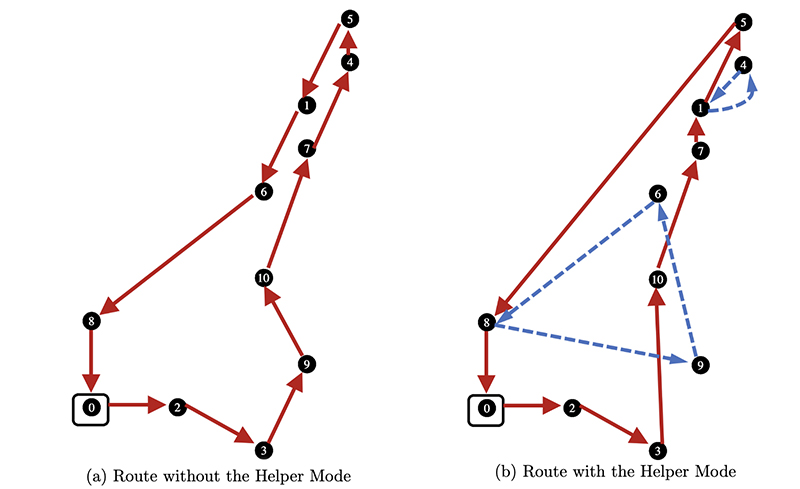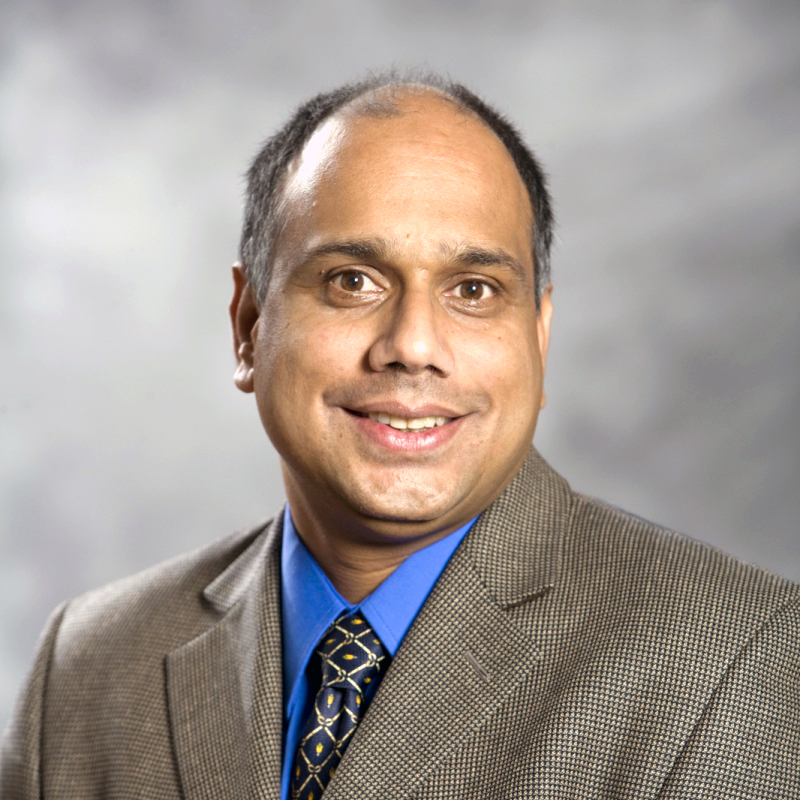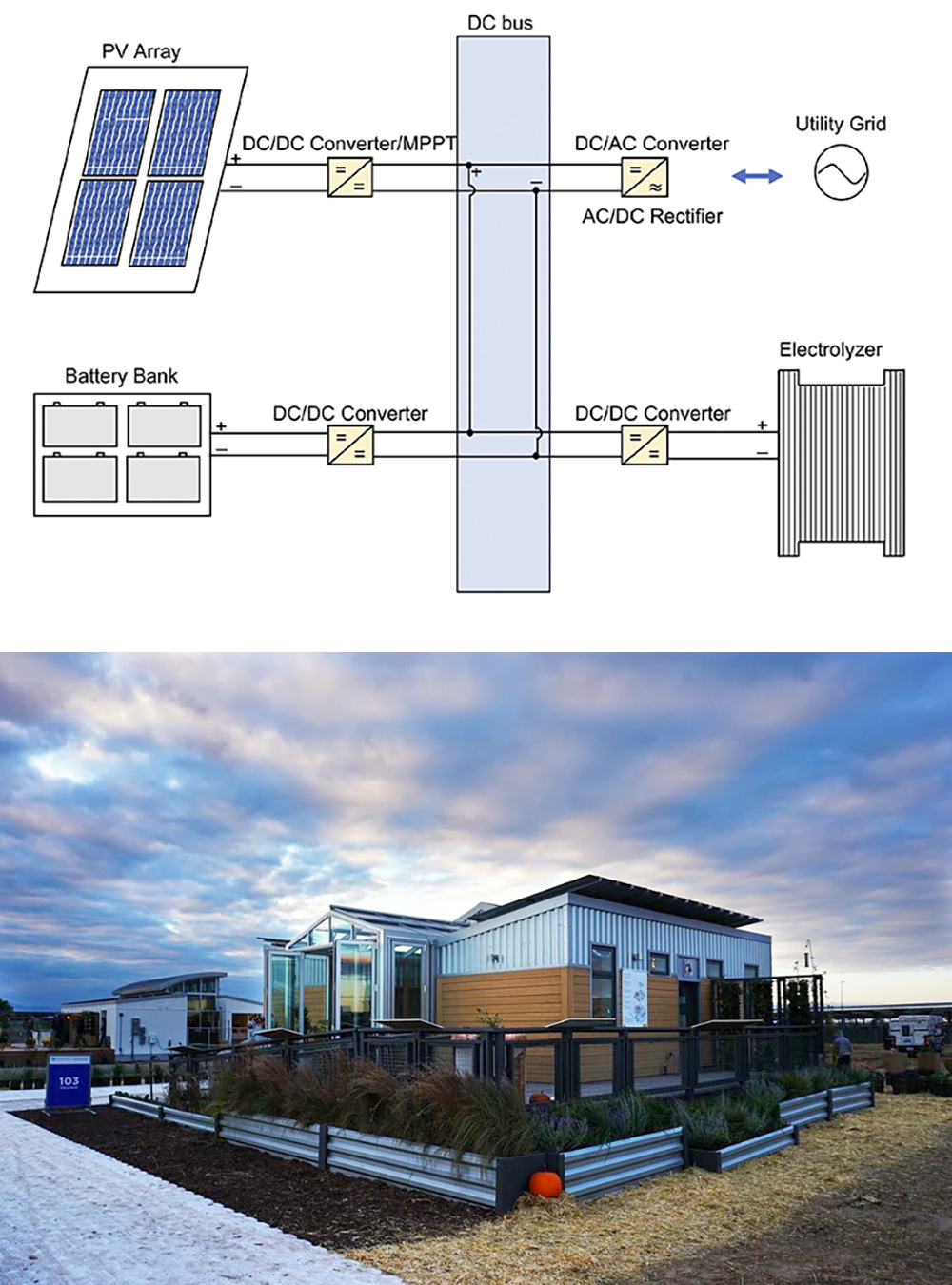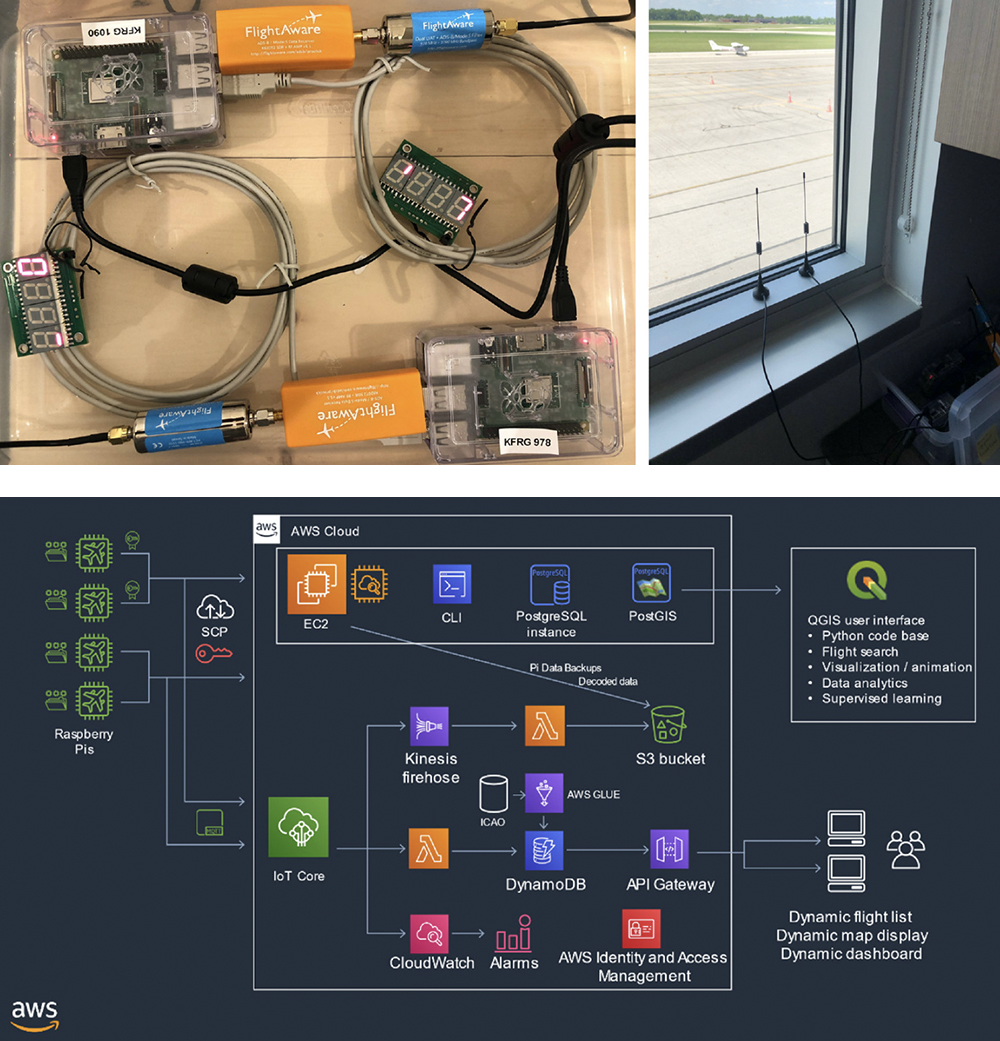News Story
Optimization model for outpatient cardiology scheduling published in Operations Research for Health Care
A new paper by University of Maryland and University of Maryland School of Medicine faculty and students that addresses multi-appointment hospital scheduling appears in the September 2020 issue of Operations Research for Health Care. The research tackles the problem of outpatient scheduling in the cardiology department of a large medical center, where patients have to go through a number of diagnostic tests and treatments before they are able to complete a final interventional procedure or surgery.
An optimization model for multi-appointment scheduling in an outpatient cardiology setting was written by Smith School Ph.D. student Lida Apergi; her advisor, Professor Bruce Golden (BMGT); Distinguished University Professor John Baras (ECE/ISR); and ISR-affiliated Kenneth Wood, a professor of medicine in the Program in Trauma at the University of Maryland School of Medicine (UMSOM) in Baltimore.
The authors develop an integer programming (IP) formulation to ensure that the outpatients will go through the necessary procedures on time, that they will have enough time to recover after each step, and that their availability will be taken into account. In addition, scheduling convenient appointments and minimizing the number of visits patients have to make to the hospital and the time they spend waiting in the hospital are accommodated.
The paper proposes formulation improvements and introduces valid inequalities to the IP, which helps running times to decrease significantly. Furthermore, the researchers investigate whether scheduling outpatients in groups can lead to better schedules for the patients, a measure that requires coordination among the cardiology scheduling staff.
The results show improvements in the total objective value over a period of one month, ranging from 0.45% to 2.33% on average, depending on the scenario taken into account. Given the morbidity (consistently the top cause of death) and widespread distribution (11%) of heart disease in the U.S. adult population, receiving treatment on time is crucial in increasing the chances for survival. The easier access to care is for patients, the more willing patients will be to visit their physicians and go through the necessary treatment.
Published September 30, 2020









